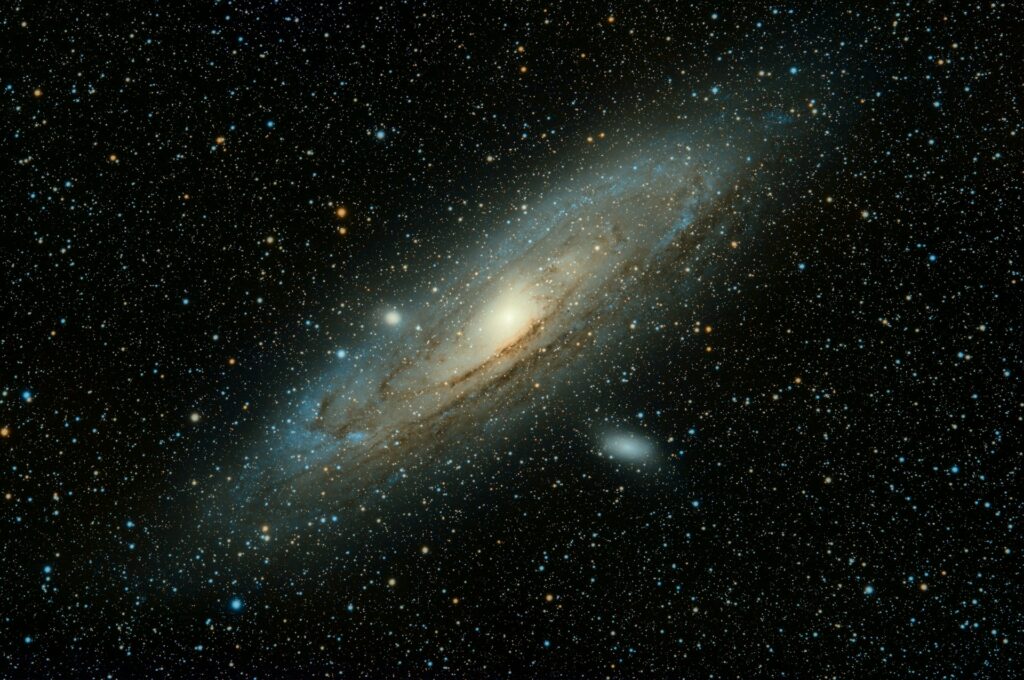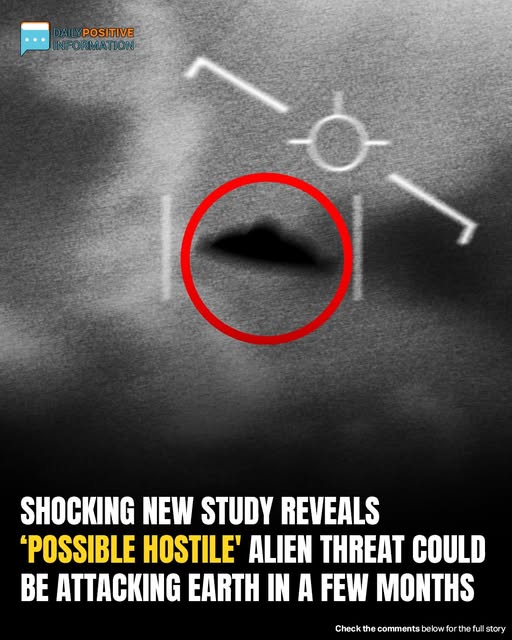According to controversial new research by a tiny group of scientists, a strange intergalactic object might be a “hostile” alien spacecraft that is scheduled to assault our planet in November.
“The consequences, should the hypothesis turn out to be correct, could potentially be dire for humanity,” the researchers wrote in the inflammatory paper, which was published July 16 to the preprint server arXiv, South West News Service reported.
The interstellar object, known as 3I/ATLAS, was found on July 1 hurtling at over 130,000 mph towards the sun, according to Live Science. It was verified as an interstellar object less than twenty-four hours later, although first observations indicated that it might be a comet, larger than Manhattan, with a diameter of up to fifteen miles.
The three researchers, however, hypothesised in the new report that it might be a disguised piece of alien spy gear.


Avi Loeb, a well-known Harvard astrophysicist who has made connections between extraterrestrial objects and extraterrestrial life, was one of the researchers who made headlines earlier when he proposed that the 2017 interstellar object ʻOumuamua might be an artificial recon probe sent by an alien civilisation due to its peculiar shape and acceleration.
Working with Adam Hibberd and Adam Crowl of the Initiative for Interstellar Studies in London, Loeb made the hypothesis that the track of 3I/ATLAS points to a similarly extraterrestrial origin.
According to Loeb’s blog post, the three believed that the object’s speed, which was far faster than that of ʻOumuamua and other items, as well as the fact that it reached our solar system at a different angle than its predecessors, offered “various benefits to an extraterrestrial intelligence.”

One advantage, according to Loeb, is that 3I/ATLAS will fly close to Jupiter, Mars, and Venus, which may enable extraterrestrials to covertly place spy “gadgets” there.
When the so-called undercover UFO reaches its closest to the Sun (perihelion) in late November, it will be concealed from Earth’s view. “This could be intentional to avoid detailed observations from Earth-based telescopes when the object is brightest or when gadgets are sent to Earth from that hidden vantage point,” Loeb declared.

The dark forest hypothesis, which contends that we haven’t discovered evidence of alien beings because they are hiding to protect themselves from predators or prey, may be supported if this anomaly is a “technological artefact.”
Loeb warns that this could suggest that an attack is likely and would “possibly require defensive measures to be undertaken.”

The problem is that 3I/ATLAS is traveling too fast for an Earth-based spacecraft to intercept it before it exits the solar system. “It is therefore impractical for earthlings to land on 3I/ATLAS at closest approach by boarding chemical rockets, since our best rockets reach at most a third of that speed,” Loeb wrote.
Other experts, however, have dismissed the object’s alleged extraterrestrial origins, arguing that it is actually a comet.
“All evidence points to this being an ordinary comet that was ejected from another solar system, just as countless billions of comets have been ejected from our own solar system,” added Samantha Lawler, an astronomer at the University of Regina in Canada who studies solar system dynamics, Live Science reported.
In fact, even Loeb admitted in his blog that his alien spy probe theory is a bit far-fetched: “By far, the most likely outcome will be that 3I/ATLAS is a completely natural interstellar object, probably a comet.”

Additionally, the researchers cautioned the public to be sceptical of the paper because it has not yet undergone peer review.
“This paper is contingent on a remarkable but, as we shall show, testable hypothesis, to which the authors do not necessarily ascribe, yet is certainly worthy of an analysis and a report,” they wrote. “The hypothesis is an interesting exercise in its own right, and is fun to pursue, irrespective of its likely validity.”
Critics, however, have referred to their study as a parody of other scientists’ work, which has produced ample proof that 3I/ATLAS is not indicative of an impending close encounter.
“Astronomers all around the world have been thrilled at the arrival of 3I/ATLAS, collaborating to use advanced telescopes to learn about this visitor,” Chris Lintott, an astronomer at the University of Oxford who helped simulate 3I/ATLAS’s galactic origins, told Live Science. “Any suggestion that it’s artificial is nonsense on stilts, and is an insult to the exciting work going on to understand this object.”
